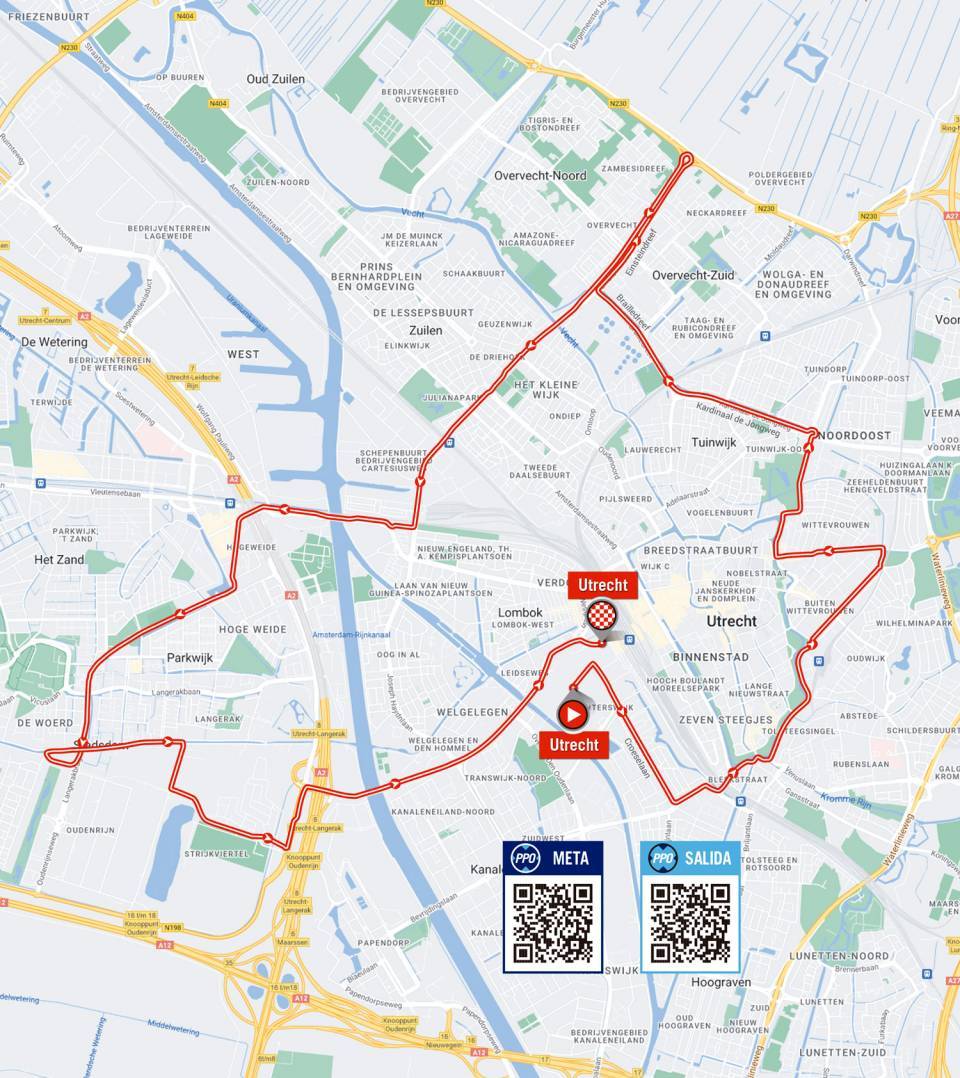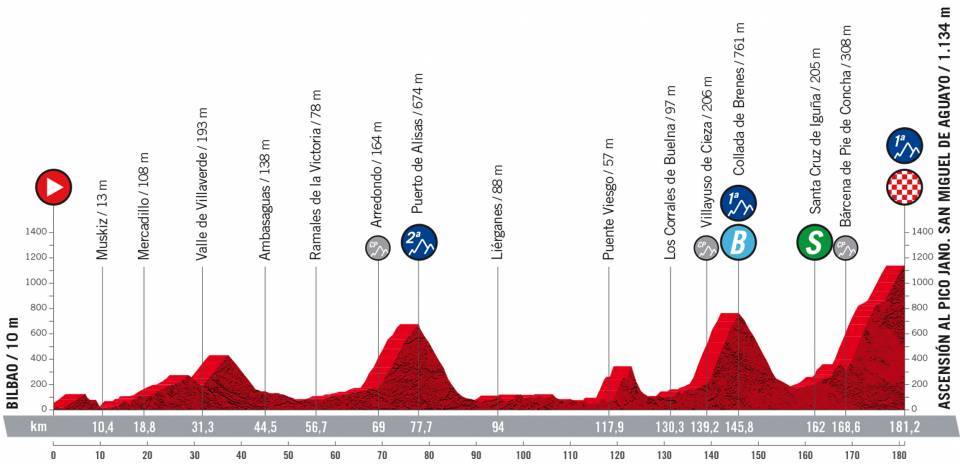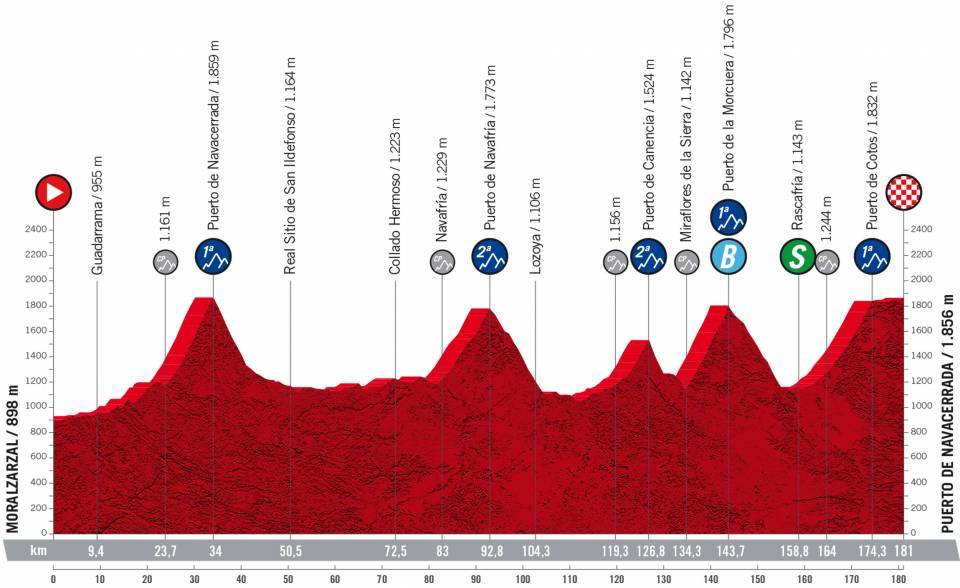The peloton will take off from the Netherlands, a territory that is already well-known to La Vuelta, having celebrated its official departure from Assen in 2009.

“We finally return to Utrecht, Breda, and ‘s-Hertogenbosch, without losing even an ounce of our enthusiasm. In a special year, when all of the Grand Tours are having official departures abroad, we look forward to what will be an unforgettable official start in an authentic cycling paradise like the Netherlands,” said Javier Guillén, General Director of La Vuelta, of the first three stages.
Following a rest day to allow everyone to return to Spain, the race will resume in Euskadi. Basque fans will gather along the roads to watch the peloton ride past as it comes in from Álava and heads towards Guipuzkoa, ending its journey through the Basque country with a departure and a finish line in Bilbao.

The riders will then cross over to the Principality of Asturias, with two pure mountain finish lines: a new one (Colláu Fancuaya), and a well-known one (Les Praeres). The second week of the competition will start in the Province of Alicante, which will host an over 30-kilometre-long ITT. Then, the peloton will continue to advance towards the regions of Murcia and Andalusia.
“Few places are more representative of La Vuelta or of our country than Andalusia,” explains Javier Guillén. “We’re also celebrating a historical anniversary: La Vuelta will depart from Sanlúcar de Barrameda 500 years to the day from the moment Sebastián Elcano returned to Spain after completing the first circumnavigation of the globe.”

The last week is where the general classification will be decided. First in Extremadura, with two unprecedented high-altitude finales before arriving in the Autonomous Community of Madrid. The second-last stage is very similar to the one of the 2015 La Vuelta where Fabio Aru took the red jersey from Tom Dumoulin. Anything can happen on that stage!
After last year’s grand finale at Santiago de Compostela, the race will return to its traditional final circuit in Madrid.
Can’t wait, right?





